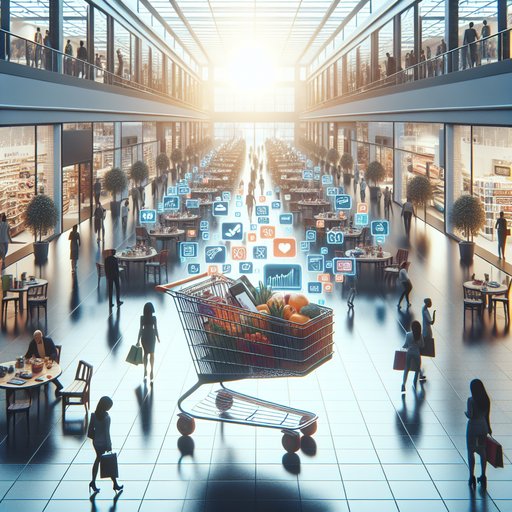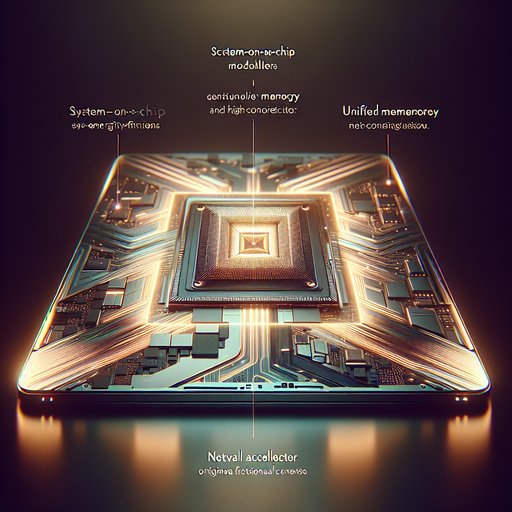
The retail sector is showing signs of continued strength as the holiday season approaches, with Deloitte forecasting total retail sales to exceed $1.61 trillion. This optimistic outlook comes amid mixed signals from various retail segments, with traditional brick-and-mortar stores adapting to changing consumer preferences and the growing influence of technology in shopping experiences [1].
The projected growth rate of 2.9% to 3.4% in overall retail sales reflects the resilience of consumer spending, primarily supported by continued growth in personal income. This forecast suggests that despite economic uncertainties, American consumers remain willing to spend, particularly during the crucial holiday shopping season [1].
In the home furnishings sector, major retailers like Dunelm Group are demonstrating the industry's ability to maintain growth despite challenging conditions. The company reported a 3.8% increase in sales and a 2.7% rise in pre-tax profits for the fiscal year, though market reaction remained cautious with a 6% drop in share price [2].
The retail landscape is increasingly being shaped by technological innovation, as exemplified by Ralph Lauren's launch of "Ask Ralph," an AI-powered chatbot designed to provide personalized styling and shopping advice to customers. This integration of artificial intelligence into the retail experience represents a significant shift in how brands interact with consumers [3].
The automotive retail sector is also showing positive momentum, particularly in key markets like China, where passenger vehicle retail sales increased by 5% in August. However, the new energy vehicle (NEV) segment has experienced a slowdown in growth following government intervention in pricing strategies [4].
























